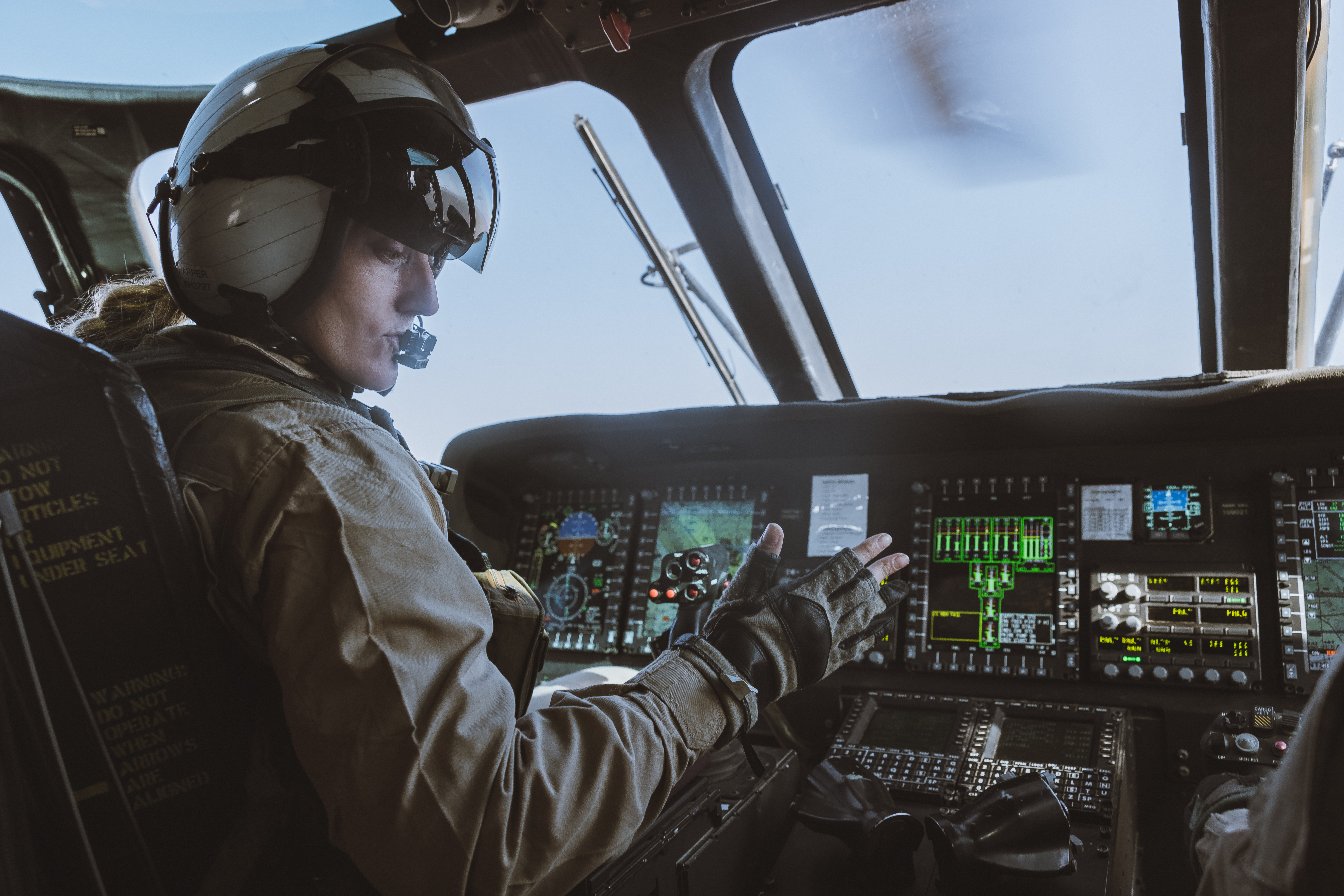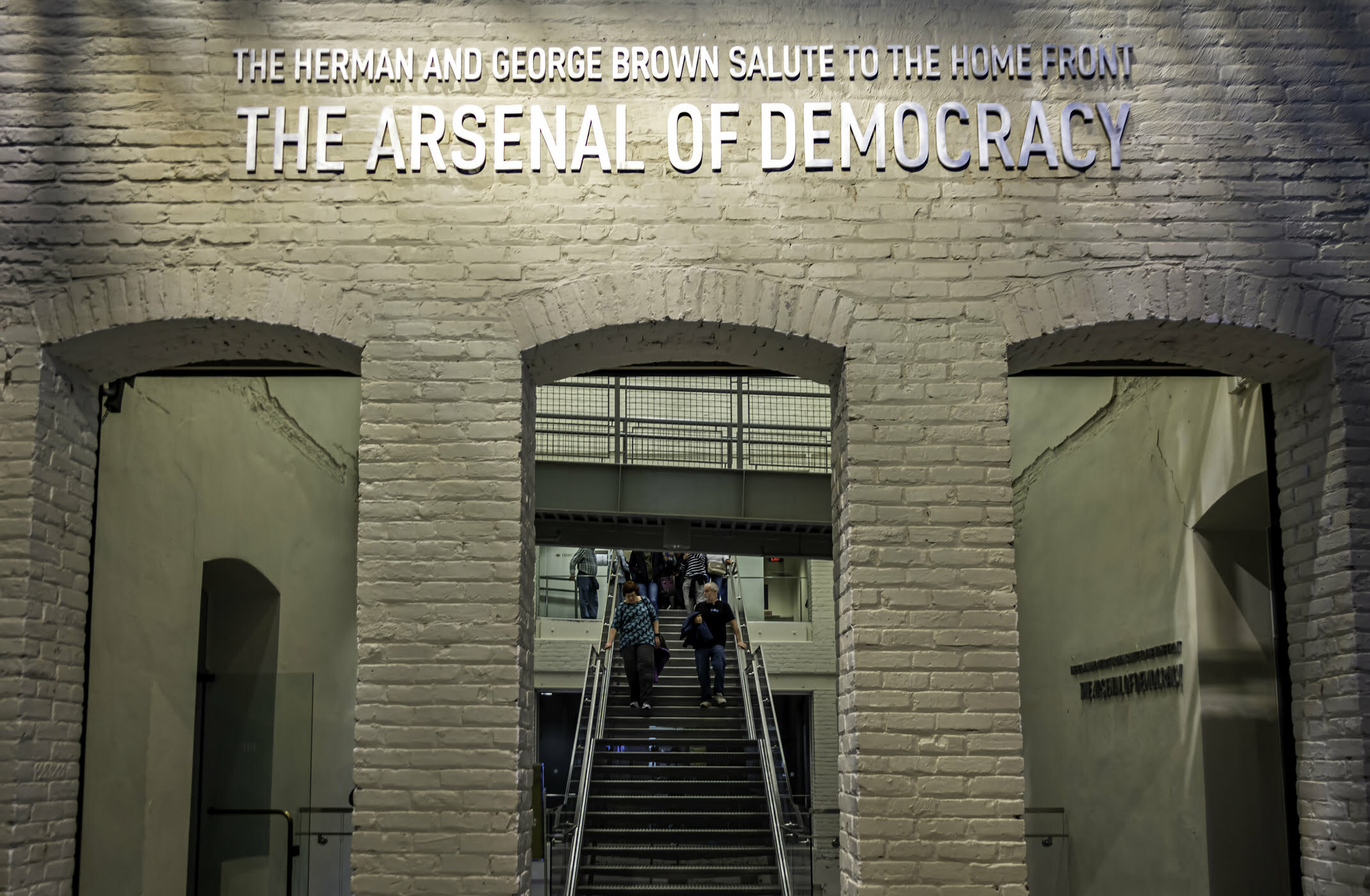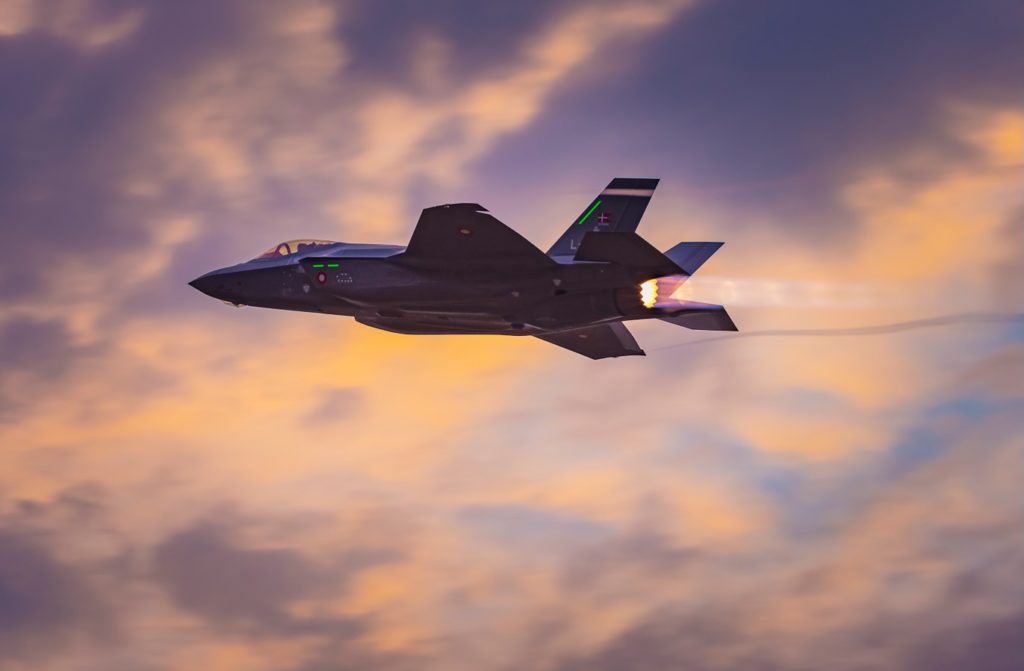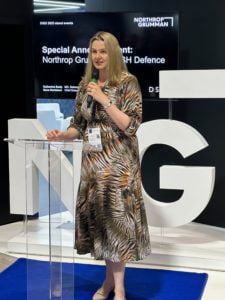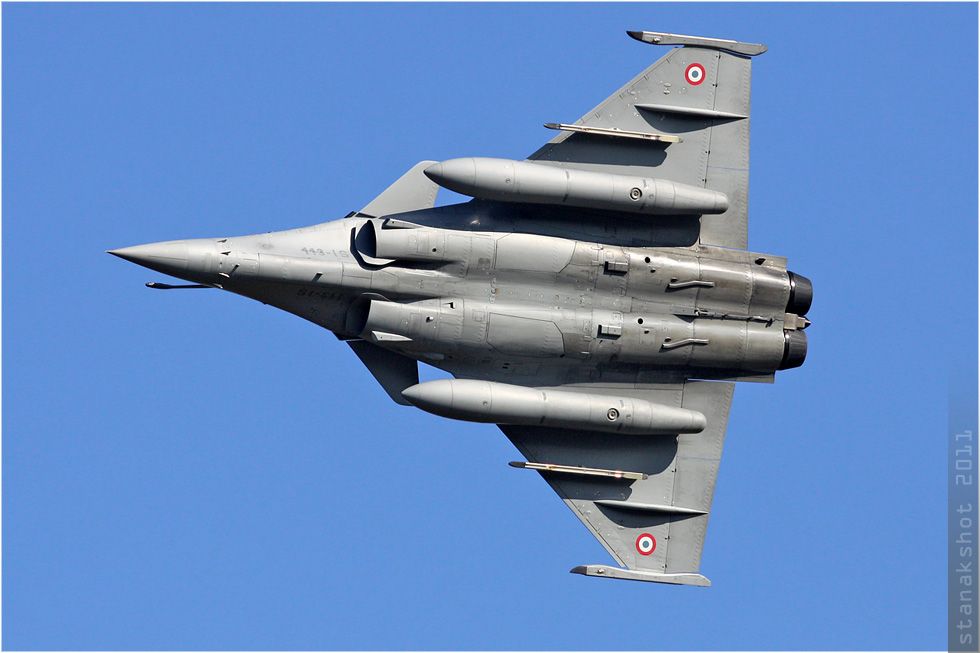By Pierre Tran
Paris – Indonesia’s drive to become an Asian regional superpower can be seen in last month’s multi-billion dollar announcement of an order for more French Rafale fighters and a pledge to buy the export version of the U.S. F-15EX Eagle fighter.
That procurement of two Western advanced fighters signals a policy switch by Jakarta, which previously pursued a non-alignment doctrine, equipping its force with Lockheed Martin F-16s and Russian Sukhoi Su-35 fighters.
These aging fighters came from opposing sides of the Cold War, marking a procurement policy steered by Indonesia’s avoidance of a close alliance with one side or the other.
There are a few firsts in those fighter-deal August announcements from Indonesia, which played the host for last year’s G20 meeting, held on the island of Bali.
Indonesia will be the first client for the export model of the Boeing F-15EX air superiority fighter, rebranded as F-15IND. The U.S. aircraft builder said August 21 it had signed a memorandum of understanding with Indonesia for the sale of 24 F-15 fighters, subject to Washington authorization.
U.S. clearance for the sale of the digital fly-by-wire fighter is expected to be granted, with the Defense Security Cooperation Agency saying Feb. 10 2022 it had approved a foreign military sale (FMS) to Indonesia for up to 36 F-15s, in a deal worth some $13.9 billion.
Jakarta has been looking to buy the F-35, but the U.S. authorities were reported to have decided the Indonesian air force was not quite ready to fly a fifth generation fighter. The U.S. view was a fourth generation or 4.5 generation fighter was more suitable, and pitched an updated version of F-16 Block 72 Viper fighter.
That partial U.S. snub led to Jakarta’s pick of the F-15 heavy fighter and lighter Rafale.
Another first was the Rafale order, the first fighter procurement from Indonesia for the French prime contractor, Dassault Aviation.
The French deal with Jakarta was announced in February last year for a total 42 Rafale and missiles, worth $8.1 billion, with a first batch of six units. That was followed by the August announcement of a second batch of 18 fighters, with the final tranche of 16 to be ordered at a later date.
That mixed buy of U.S. and French fighters will require Indonesia to invest in training two streams of pilots and support personnel, and build stocks of spares for two types of fighters.
That will be on top of the present fleet of F-16, Sukhoi fighters, British Hawk trainer/light fighter, and KAI T-50 Golden Eagle, a South Korean supersonic trainer and light fighter.
Indonesia will also need to support for the first time a fleet of secondhand Mirage 2000-5 fighters, to train pilots for the Rafale F3-R, the same model flown by the French air force. Qatar was the previous owner of the Mirage.
For Dassault, the Rafale deal opens up the Indonesian market for the family-controlled company, which will likely support its fighter for two or three decades after first delivery, due in early 2026.
That French fighter sale opens access to a key Asian nation, keen to make its presence known in a region marked by rising tension between China and Taiwan, and ambitious North Korea, building its military capability with great determination.
Funding An Order
A key issue for Indonesia was finding the funds, which led to a staggered purchase of Rafale, with the first batch reportedly financed by money previously earmarked for buying Su-35 Flanker fighters. Jakarta dropped that deal with Moscow, reportedly under U.S. pressure through its Countering America’s Adversaries Through Sanctions Act, intended to quash sales to Iran, North Korea, and Russia.
Purchase of Russian goods is under hostile scrutiny in the West, and Kyiv looks to allies to punish Moscow through sanctions, following its incursion into Ukraine February last year.
Apart from the foreign political pressure, Russian forces will need all their weapons and stores, following the Ukrainian counteroffensive, with Kyiv fighting to recover occupied territory, paying a high price to its forces and equipment.
An unusual visit of the North Korean leader Kim Jong Un, travelling to Russia on an armored train, to meet Sept. 13 president Vladimir Putin at the remote Vostochny space center in the Russian far east, is seen as a way for Moscow to restock military stores with deadly North Korean kit.
Indonesia’s 2020 G20 statement
Besides the choice of Western fighters, a strategic rethink in Indonesia could also be seen in a message of clear support for Ukraine at last year’s G20 meeting.
“Most members strongly condemned the war in Ukraine and stressed it is causing immense human suffering and exacerbating existing fragilities in the global economy…” the G20 statement said at the Nov. 15-16 meeting, held on Bali last year.
That was seen as more sharply worded than the statement after the 2023 G20 meeting held Sept. 9-10 in India, which was seen as more bureaucratic and somewhat tame, in view of the perceived risk sparked by the Russian invasion.
“Concerning the war in Ukraine, while recalling the discussion in Bali, we reiterated our national positions and resolutions adopted at the UN Security Council and the UN General Assembly (A/RES/ES-11/1 and A/RES/ES-11/6) and underscored that all states must act in a manner consistent with the Purposes and Principles of the UN Charter in its entirety,” the 2023 G20 statement said from New Delhi.
“In line with the UN Charter, all states must refrain from the threat or use of force to seek territorial acquisition against the territorial integrity and sovereignty or political independence of any state. The use or threat of use of nuclear weapons is inadmissible.”
French Reach to Indo-Pacific
A view on the French side could be the Rafale deal with Indonesia helps French ambitions in the Indo-Pacific region, seen as an area of geo-strategic importance.
That could be seen in the French air force Aug. 31 presentation of its Pégase 23 air mission at the weekly press briefing held by the armed forces ministry at Balard, on the edge of town.
The Pégase mission points up the importance of the Indo-Pacific as an essential zone for France, the opening of the presentation said.
“An operational deployment demonstrates our capabilities and the assets of air power,” the service said. “The mission also serves to strengthen partnerships.”
The mission deployed 320 personnel from June 25 to Aug. 3 in the Indo-Pacific, and flew 10 Rafale, five Airbus A330 Phénix multirole tanker transport (MRTT) jets, and four A400M Atlas airlifters, the presentation said. The aircraft carried 55 tons of freight, and made 11 stop overs at nine partner nations in the region and visited 14 allied air forces.
Indonesia was one of those partner nations, and the air force mission stopped over at Japan and South Korea for the first time, on the return flight to France.
The Indonesian order for the Rafale shows bilateral relations and arms procurement have gone a long way since Jakarta’s 2012 order for the Caesar, a French truck-mounted 155mm 52 caliber artillery built by Nexter, in a relatively modest deal worth €108 million, mostly funded by commercial bank loans.
Human Rights Abuse
There have been concerns over Indonesia’s record in human rights, which previously made arms sales to Jakarta controversial. The times appear to have changed, as the fighter deals indicate.
The U.S. 2202 state department’s country report on human rights notes there are in Indonesia “significant human rights issues (which) included credible reports of:
– unlawful or arbitrary killings by government security forces
– torture by police
– harsh and life-threatening prison conditions
– arbitrary arrest or detention
– political prisoners
– serious problems with the independence of the judiciary
– serious restrictions on free expression and media, including unjustified arrests or prosecutions of journalists”
The list goes on in a dense paragraph of further alleged abuse of human rights.
Back in 1999, there were British press headlines on the then Labour government, led by prime minister Tony Blair, allowing the delivery of three Hawk jets to Indonesia, amid reports of the British aircraft being used in East Timor, where Indonesian forces forcibly displaced thousands of civilians, amid reports of summary killings.
The president of Indonesia, Joko Widido, often known as Jokowi, said in January there had been “gross human rights violations” in the country between 1965 and 2003, which included extensive killing and jailing of communists and political activists.
While seeking to deal with a bloody past, Jokowi is also looking to make Indonesia into a major regional power, backed by the air power of French and U.S.-built fighters.
Jokowi is seeking to build Indonesia into a “global maritime fulcrum” of the Indo-Pacific, The National, a United Arab Emirates daily, reported in August last year.
Indonesia Adds to its Rafale Fleet: August 2023


